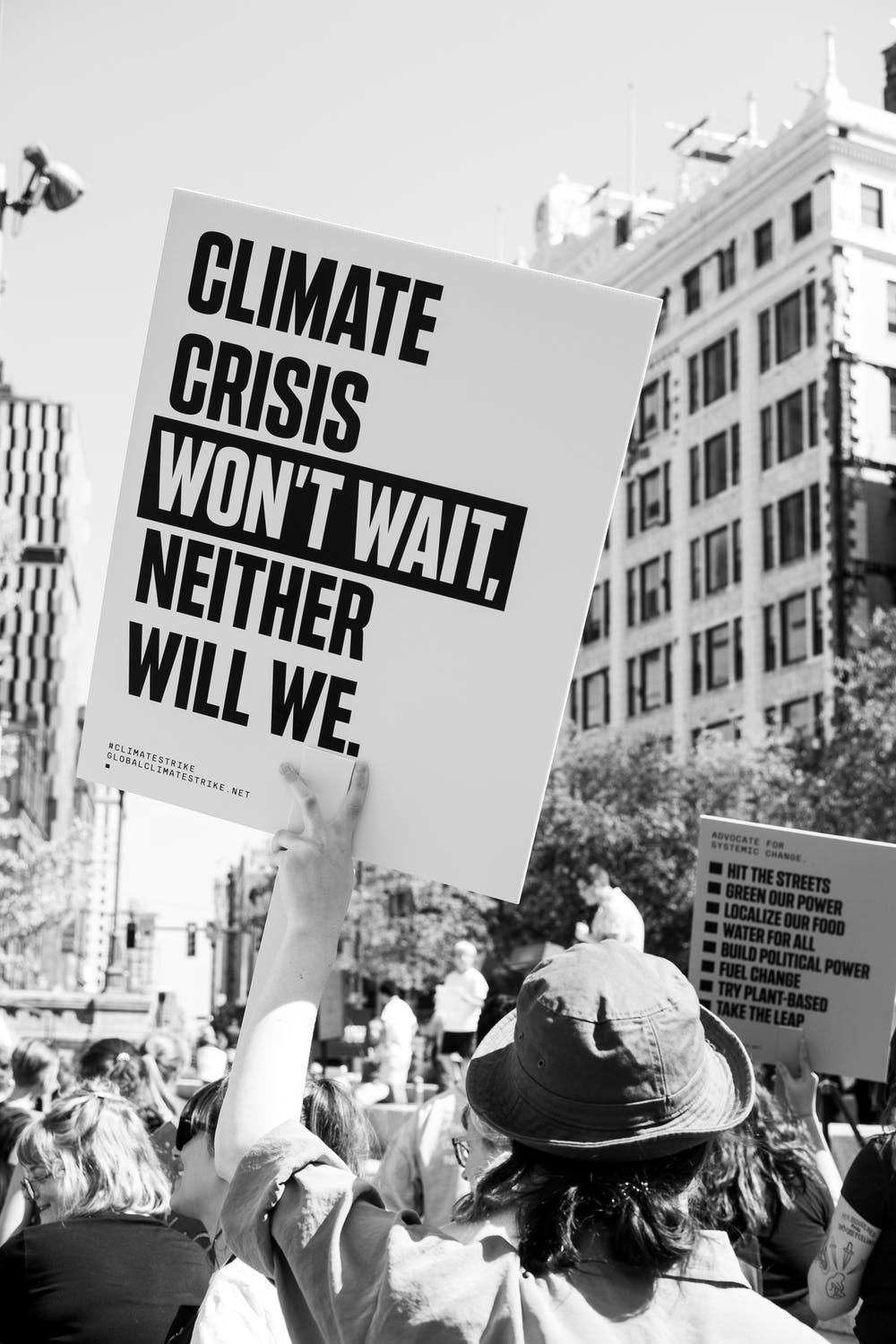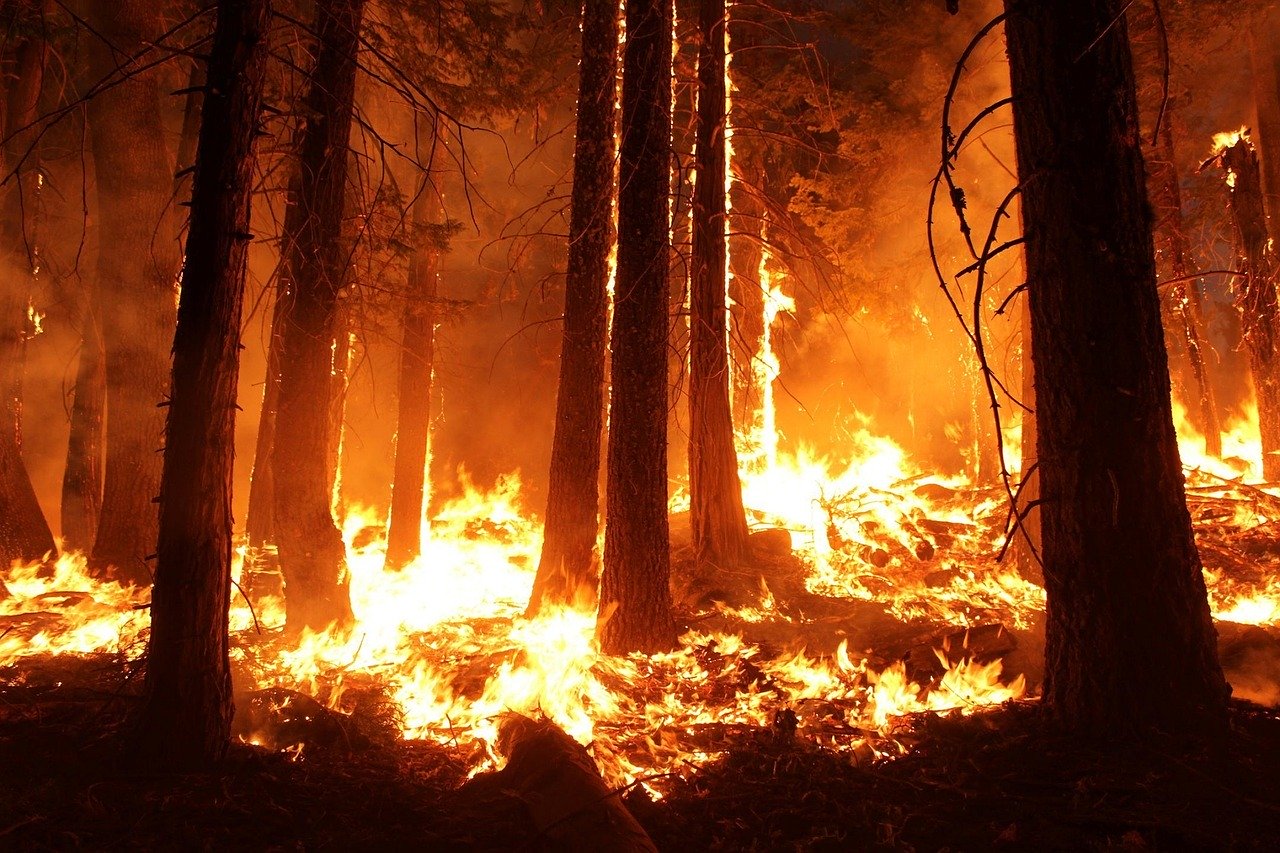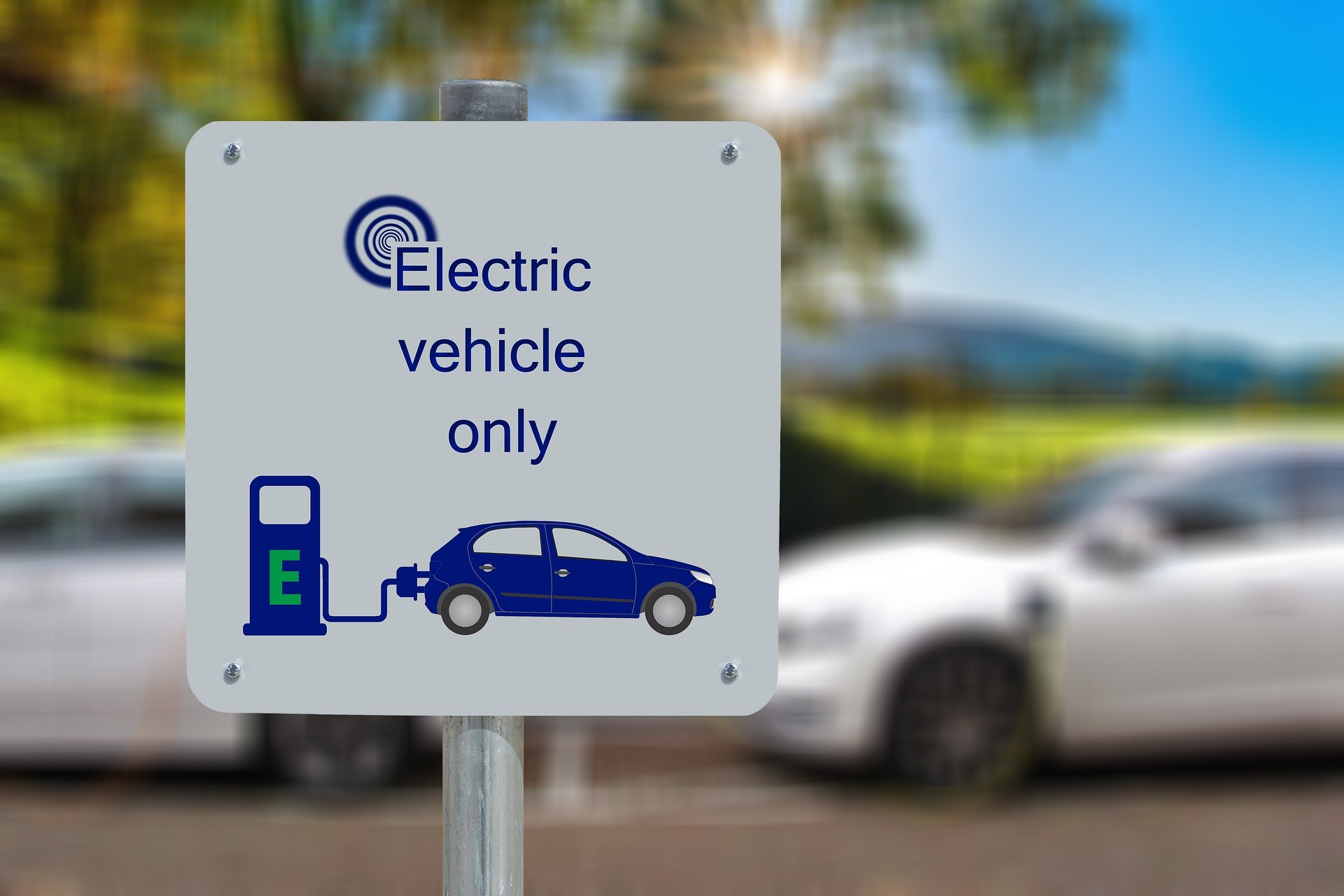Currently across the world the number of climate related protests have been growing steady, with over 150 countries seeing strikes at thousands of locations across the globe. International organisations such as 350.org have done an incredible job of raising awareness and organising protests, while Greta Thunberg has become an unstoppable force for urging change and inspiring the public.

This said, how much ground have we really made so far and how much ground do we still need to make, in order to cap the potentially catastrophic effects of climate change. The world may be waking up, but it still has some way to go yet.
What have the protests achieved so far?
Awareness, awareness and more awareness. Pretty much. A little action. In general, the main achievement of the protests has been bringing the issues of climate change to the masses. It is now on the public’s mind, without a shadow of a doubt, which forces pressure on governments and encourages them to act. Currently several governments have recognised the problem, the UK for example has declared a climate emergency, although it has still failed to take a step forward.
What should they be aiming to achieve?
Having achieved a recognition of the crisis the world is facing at a governmental the next step is to continue pushing for firm action. This action needs to be across every dimension of a country, that’s energy generation, transport and industry, with a complete overhaul of CO2 based economies. It also must be recognised that if current approaches continue, the elusive limit of 2oc that is required to avoid the most devastating effects of climate change is simply not going to happen.
This is because some of the biggest polluters (China, the USA and more) are still failing to step up and divert suitable amounts of resources to meet emission reduction targets. A complete revaluation of many current targets also needs to be done, given many countries are simply not pulling their weight.
Therefore, the aim of protests will first have to ensure positive steps are taken by regional governments, and once established, pressure should be maintained to encourage a truly global effort. A truly global effort will need large scale organisation and resources, with the likes of 350.org being key.

what needs to be done?
By now you will surely have heard about the 2oc warming cap that would help to limit the widespread climate risks across the world. Although to reach this now every country will need to be carbon neutral by 2030. That’s the severity of the scenario. We have but 10 years to turn this planet around.
So what does saving this planet entail?
This is no longer an individual’s fight, this is a problem for the planet and requires global action, and fast to reorganise society in such a way to drastically reduce CO2 emissions in just ten years.
Is this doable?
Realistically? The idea of being able to completely retrofit an entire countries economy to run without CO2 in just 10 years is ludicrous. But possible. With the correct policy driven plans and investment, it could be achievable, although the amount of investment that would be required would be enormous. But given the severity of the situation, it may well be justified.
It isn’t all doom and gloom though, the technological advancements made in recent years in terms of renewables have been helping massively with lowering the reliance on fossil fuels to meet power supply needs. Other approaches like carbon capture could really come into play over the next few years as well.

Carbon capture and storage has been around for several years now and can remove up to 90% of the CO2 given off from a large point source. The CO2 can be separated out from air through a variety of methods (adsorption, membrane gas separation or carbon scrubbing) and then stored, often underground. Sounds great right?
Well unfortunately it’s pretty costly, meaning it is somewhat restricted to large point sources where it is cost effective to introduce. More recently direct air capture has been thrust into the spotlight as a new technique given that it can remove CO2 directly from atmosphere, while being relatively simple and cheap.
This could mean becoming net carbon neutral, could be within reach, if this technology could be further refined and rolled out on a large scale. The combination then of reducing emissions and directly removing CO2 could prove to act as a much-needed buffer, giving more time for a CO2 emission free society to develop.
So what can you do?
Protest, raise awareness, talk about. Recognise the real impacts it will have across the world and the impacts it will have on your and other peoples lives.
Right now, although climate awareness is on the rise, it needs to be demonstrated that we all see it as an issue that needs drastic action. Only when governments see the public all speaking with one voice, one unmistakable voice, will they truly take the action needed.
We, as individuals are yet to do that, truly speak not as people of a country but as citizens of this planet and demand change.

Thanks for reading
Bryce




